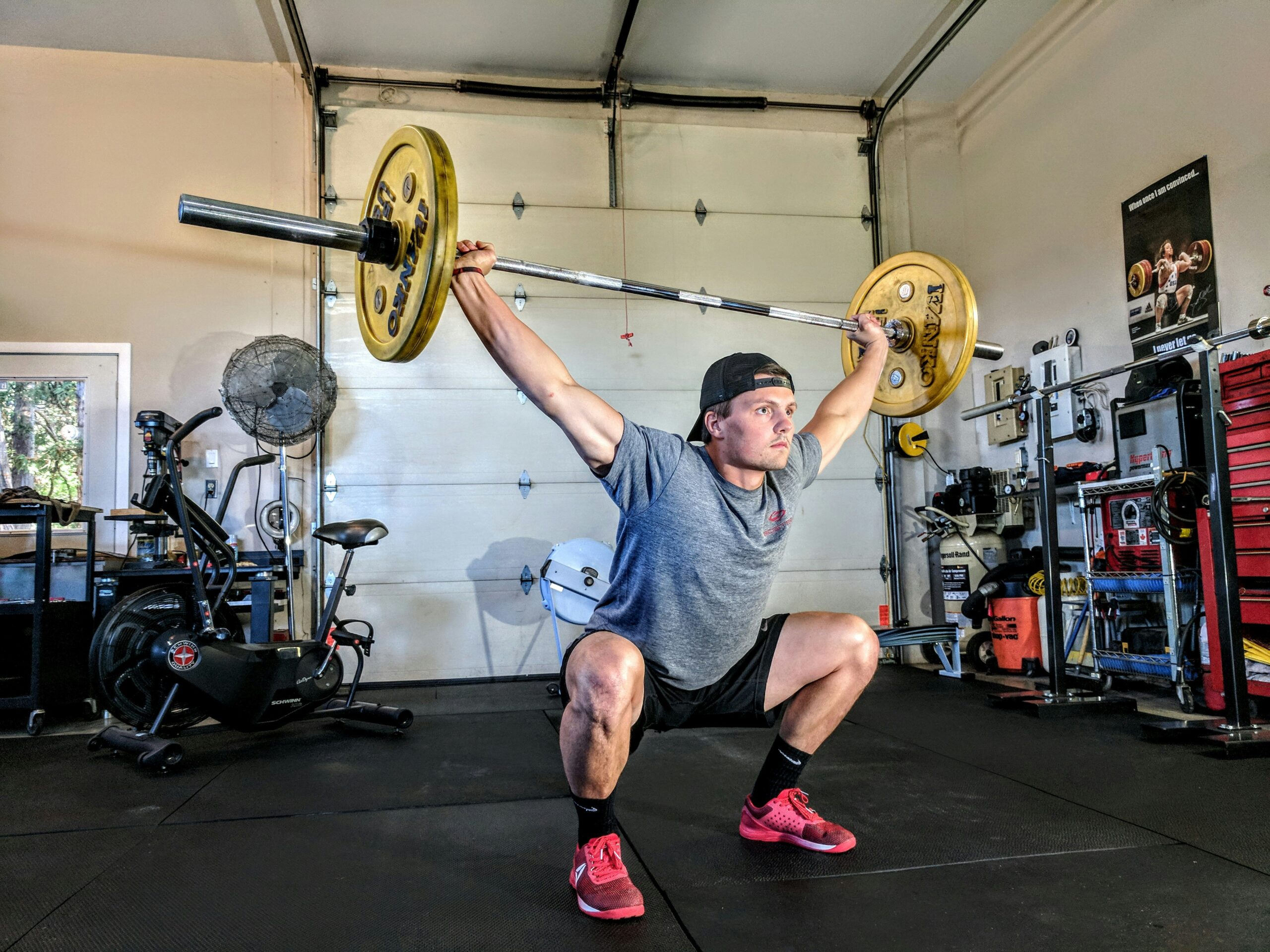
Weightlifting is a powerful way to unlock your physical potential, build strength, and improve overall health. Whether you are a beginner or an experienced lifter, incorporating the proper techniques can help you achieve maximum results while minimizing the risk of injury. Understanding adequate form, the science behind weightlifting, and the best practices will set you on the path to becoming stronger than ever before.
The Foundation: Mastering Proper Form
When it comes to weightlifting, mastering proper form is the foundation for success. Without it, the risk of injury increases, and progress can be slower. The first step in building strength is learning how to move correctly. Start with lighter weights to focus on technique and gradually progress to heavier loads as your form becomes solid.
Maintaining proper posture throughout every lift is crucial. For example, during squats, it’s essential to keep your chest up, engage your core, and push your hips back as you lower yourself. This will ensure that you activate the correct muscles and avoid strain on your back and knees. Similarly, when performing deadlifts, maintain a neutral spine, avoid rounding your back, and ensure your feet are shoulder-width apart to engage the glutes and hamstrings effectively.
Building Strength with Compound Movements
One of the best ways to increase strength quickly is by focusing on compound movements. These exercises work multiple muscle groups simultaneously, helping you build functional strength that applies to real-life movements. Deadlifts, squats, bench presses, and overhead presses are all examples of compound lifts that should be incorporated into your routine.
Squats are excellent for building lower-body strength, targeting the quadriceps, hamstrings, and glutes. Deadlifts are essential for strengthening the back and hamstrings while also improving core stability. Bench presses primarily target the chest, shoulders, and triceps, while overhead presses mainly engage the shoulders and upper back. These compound movements are key to unlocking your full lifting potential, as they enable you to lift heavier weights and build strength more efficiently than isolation exercises alone.
Progressive Overload: The Key to Constant Improvement
Progressive overload is the principle that drives continuous improvement in weightlifting. This technique involves gradually increasing the weight, sets, or reps over time to challenge your muscles and stimulate growth. By progressively overloading your muscles, you encourage them to adapt to new stresses, leading to increased strength and muscle mass.
To apply progressive overload, you don’t have to make drastic changes to your routine every session. Instead, aim to add small increments of weight, such as 2.5 to 5 pounds, or increase the number of reps or sets. Even small increases will help your muscles continue to grow and get stronger. Tracking your progress is essential for staying consistent and making the necessary adjustments to challenge yourself continually.
The Importance of Rest and Recovery
While lifting weights is crucial for building strength, rest and recovery are just as important. Overtraining can lead to injury and hinder progress. It’s vital to give your muscles time to repair and grow stronger between workouts. This recovery period allows the microtears in your muscles to heal, ultimately leading to more significant gains.
After intense weightlifting sessions, aim for at least 48 hours of rest before working the same muscle groups again. Incorporate stretching, foam rolling, or yoga to promote muscle flexibility and reduce tightness. Additionally, ensure that you are getting enough sleep each night, as this is when your body repairs itself and releases growth hormones that help with muscle recovery.
Nutrition: Fueling Your Lifts for Maximum Performance
Nutrition plays a critical role in your weightlifting progress. To build muscle and strength, your body requires a balanced diet that includes an adequate amount of protein, healthy fats, and carbohydrates. Protein is essential for muscle repair and growth, while carbohydrates provide energy for your workouts, and healthy fats support joint health and hormone production.
Aim to consume a balanced meal containing protein and carbohydrates within 30 to 60 minutes after your workout. This will replenish glycogen stores and provide the building blocks your muscles need to recover and grow. Foods such as lean meats, eggs, quinoa, brown rice, and leafy greens can help you meet your nutritional needs. Stay hydrated throughout the day to support optimal performance, as dehydration can impair strength and endurance.
Mind-Muscle Connection: Focusing on the Targeted Muscles
To maximize the effectiveness of each lift, it’s crucial to develop a strong mind-muscle connection. This concept refers to the ability to focus on the muscles being worked during an exercise consciously. Instead of just going through the motions, actively engage the target muscles and concentrate on their contraction and movement throughout the lift.
For example, during a bicep curl, focus on squeezing the biceps at the top of the movement and slowly lowering the weight to engage the muscle fully. This will not only help you get the most out of each repetition but will also improve muscle activation and growth over time. Developing a mind-muscle connection can help you perform lifts with better form and intensity, leading to faster progress and fewer injuries.
Consistency and Patience: The Keys to Long-Term Success
Weightlifting is a journey that requires patience and consistency. While it’s easy to get discouraged if you don’t see immediate results, remember that strength gains take time. Stay consistent with your workouts, continue to challenge yourself, and allow your body the rest it needs to recover.
Over time, you will see significant improvements in your strength, endurance, and muscle size. Celebrate small milestones along the way, such as hitting a new personal best or feeling stronger in daily activities. Keep in mind that weightlifting is not just about lifting the heaviest weights; it’s about continuously progressing and improving your technique.